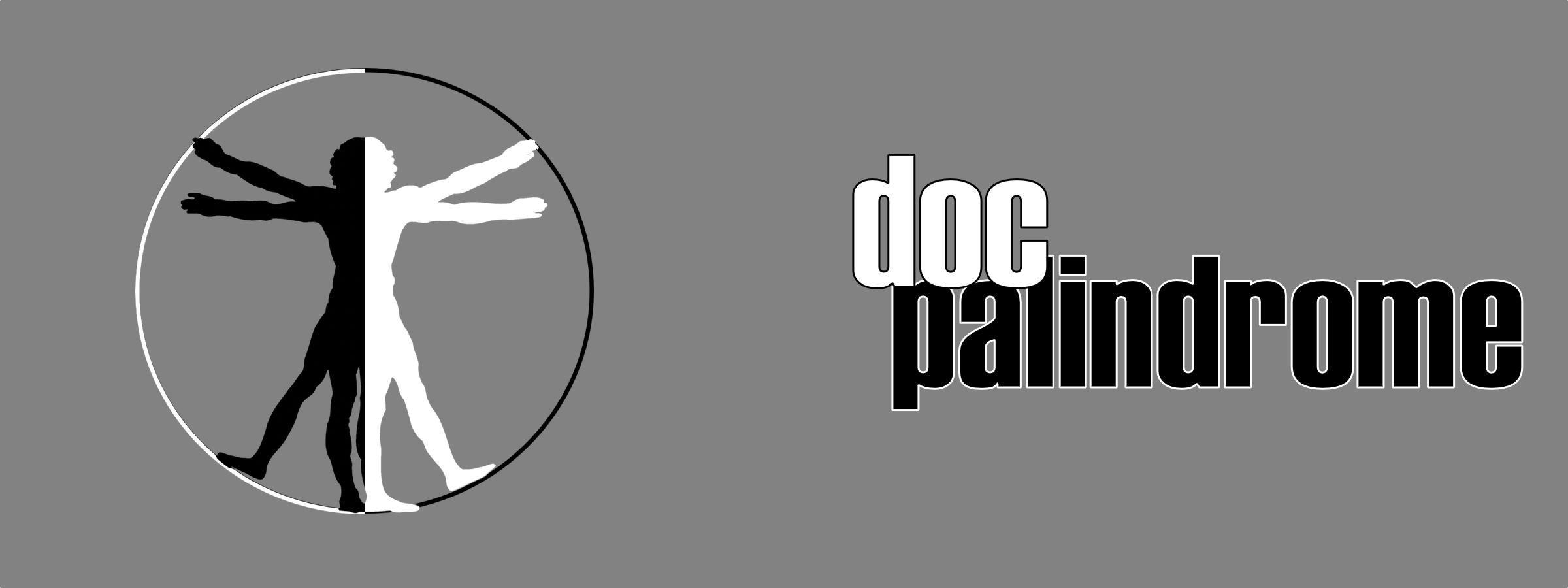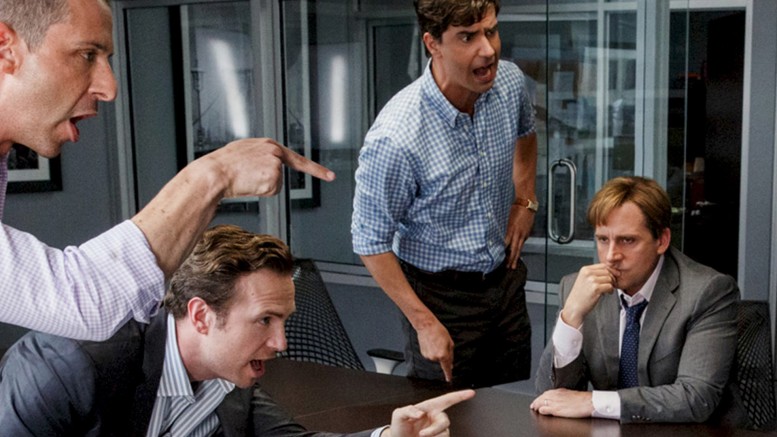After all of the Star Wars craze I was able to see a much different kind of movie… The Big Short. If you ever saw 99 Homes, another great movie, it’s similar to that but on a much bigger scale. The casting was close to perfect with Christian Bale and Steve Carell in the largest roles. There were many characters doing the same things but with different motivations. The characters were fleshed and had many layers to them. Because the movie deals with the economy and complicated terms there is a brilliant way that the movie cuts away to take a second to explain everything to you. The editing was handled extremely well. Sometimes there are cuts between scenes that show easily recognizable things that happened during the time period and showing you where the movie took place. There are many instances of breaking the fourth wall that was done very well and flowed with the movie. Every scene was meaningful and it was just fun to see these people challenge the system and succeed.
What I find most important about this movie though are the last 30 seconds or so. There’s no acting or special effects just text. I won’t tell you what they are but I’ll tell you this…it will make you think. There is a lesson or two to be learned here and they’re very important to every person.
What The Big Short does best is taking a normally boring topic and making it funny and exciting. Through fast and unique editing along with phenomenal acting The Big Short succeeds and what it’s trying to do extravagantly. If you’ve finished watching Star Wars for the fifth time you should try a change of pace and see this movie.
Thanks for reading.


This is a good review of a movie I haven’t seen yet. You have appealed to my
curiosity, Jordan. Please explain what “breaking the fourth wall” means. Too bad
I’ll have to watch the whole movie just to view the last 30 seconds…although you
said it will be worth it. Thanks.
‘Breaking the Fourth Wall’ is a term relating to when a work of fiction directly addresses the audience. It’s a reference to a stage. There are walls to the left, the right, and behind the performance, the audience is considered to be ‘The Fourth Wall.’ – Jess